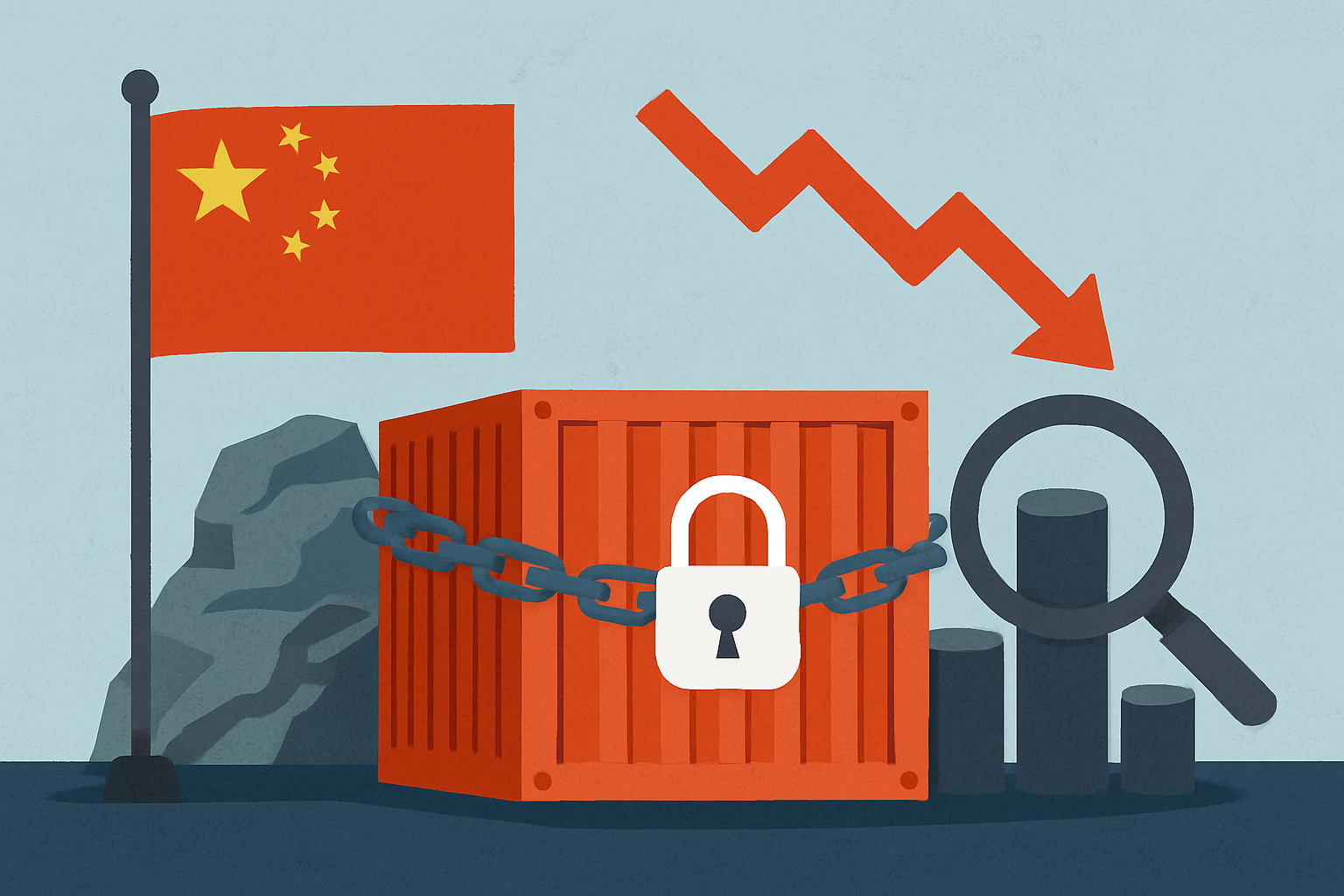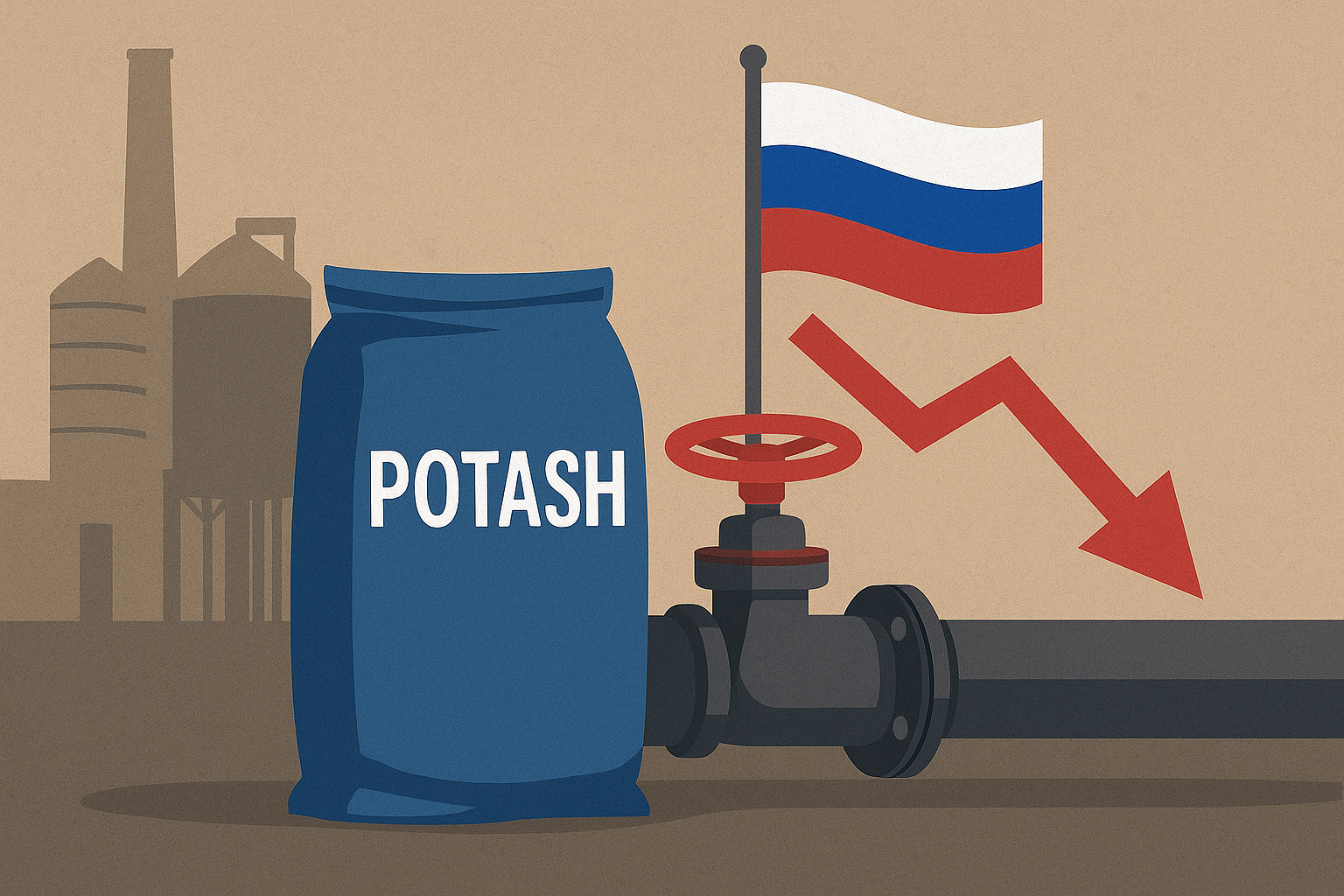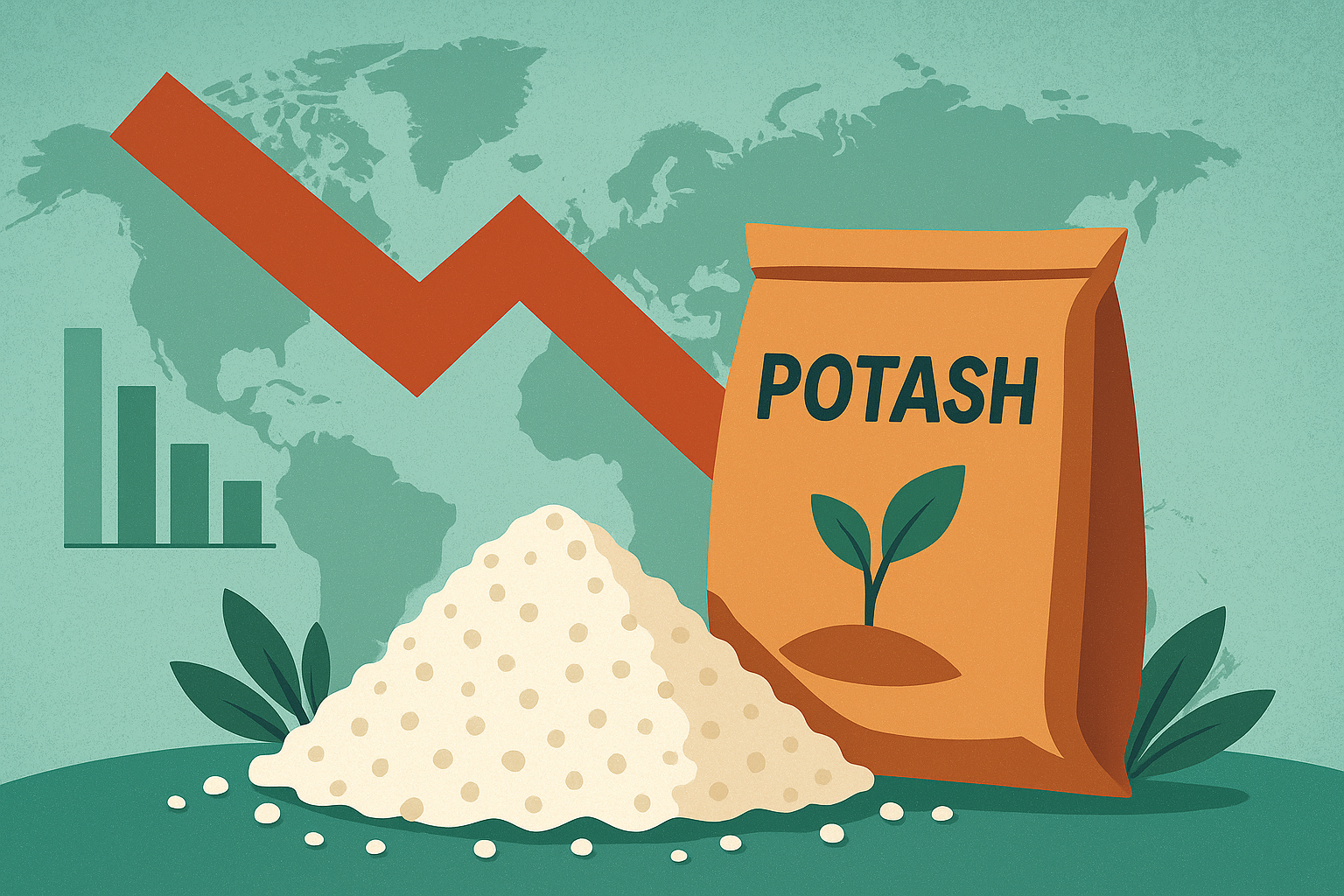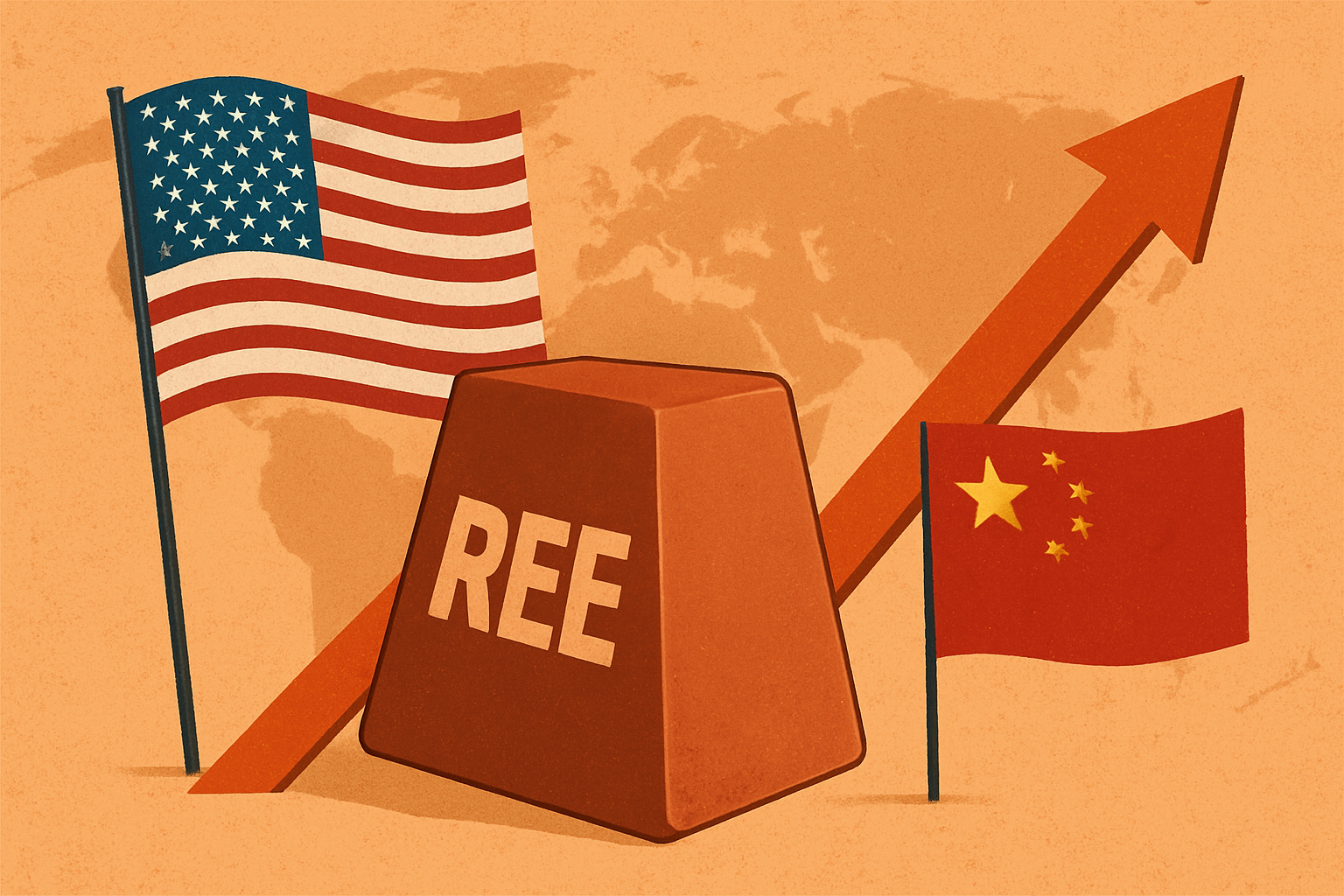China’s latest move to tighten export controls on rare-earth elements (REEs) and associated technologies has sent fresh shockwaves through global supply chains. The decision, which broadens restrictions on heavy rare-earths and magnet-making equipment, comes as the world leans ever more heavily on materials essential for electric vehicles, defense systems, and renewable energy technologies.
For investors, the development reinforces the central tension in the critical minerals space: global demand continues to surge, but supply remains dangerously concentrated in one country.
China Reinforces Its Rare-Earth Grip
According to Reuters, Beijing’s new export rules extend beyond raw minerals to include advanced processing and refining equipment — a move analysts see as both strategic and geopolitical. China already refines roughly 90% of the world’s rare earths, giving it a commanding role in technologies that power everything from EV motors to guided missiles.
The new controls effectively limit how much technical know-how can leave China’s borders, tightening the bottleneck for companies seeking to diversify supply chains. Al Jazeera noted that these measures specifically target heavy rare earth elements (HREEs) — the most valuable subset used in high-performance magnets and defense applications.
Industry experts warn that the restrictions could exacerbate existing supply tightness, especially if they extend to intermediates like separated oxides or magnet alloys.
Global Economic Risk: $150 Billion Shock Potential
A recent note from Goldman Sachs, cited by Reuters, estimates that a 10% disruption in rare-earth supply could translate into US $150 billion in lost global output — underscoring how vital these materials have become to modern manufacturing.
The rare-earth market’s complexity — from mining to separation and processing — makes it particularly vulnerable to geopolitical shocks. Supply chain disruptions are difficult to offset because building non-Chinese refining and magnet-making capacity can take five to ten years and billions in investment.
Meanwhile, countries like the United States, Australia, and Canada have been pushing to establish domestic or allied processing chains. Yet progress has been slow: environmental constraints, high costs, and long permitting timelines have kept China’s dominance intact.
Why This Matters for Investors
For investors, China’s tightening grip injects fresh urgency into the strategic metals and critical minerals trade. Companies with credible projects outside China — particularly those developing integrated mine-to-magnet supply chains — stand to gain renewed attention from markets and policymakers alike.
Notable beneficiaries could include producers such as Lynas Rare Earths (ASX: LYC) in Australia, MP Materials (NYSE: MP) in the U.S., and Arafura Rare Earths (ASX: ARU), which are among the few players advancing refining capabilities beyond China.
However, execution risk remains substantial. Even with strong government incentives, replicating China’s efficiency and scale in rare-earth refining is a long-term challenge. Investors should focus on firms with strong technological partnerships, offtake agreements, or government-backed funding that can mitigate those risks.
Future Trends to Watch
- Government Policy Acceleration: Expect Western and allied nations to ramp up funding and regulatory support for rare-earth projects. The U.S. Department of Energy and Japan’s METI have already pledged additional strategic stockpiling.
- Vertical Integration Push: The next major trend could be downstream integration — magnet manufacturing closer to end markets to reduce dependency on Chinese inputs.
- Defense & EV Demand: Defense contractors and EV manufacturers may seek long-term supply contracts to secure critical materials, driving a potential premium for non-Chinese supply sources.
As supply chain diversification efforts scale, short-term volatility may persist — but the long-term strategic value of rare-earths remains firmly intact.
Key Investment Insight
The geopolitical risk premium for rare-earths is climbing. Investors should look for exposure to non-Chinese supply chains, particularly companies with established refining or magnet-making capacity. Government partnerships and strategic offtake deals will be critical signals of which firms are best positioned to benefit from the shift.
The rare-earth story is no longer just about mining — it’s about technological sovereignty and supply-chain security. For investors, that makes this one of the most strategically important (and potentially rewarding) frontiers in the commodities market.
Stay ahead of these market-defining trends with explorationstocks.com — your trusted source for investor intelligence across critical minerals and resource markets.






